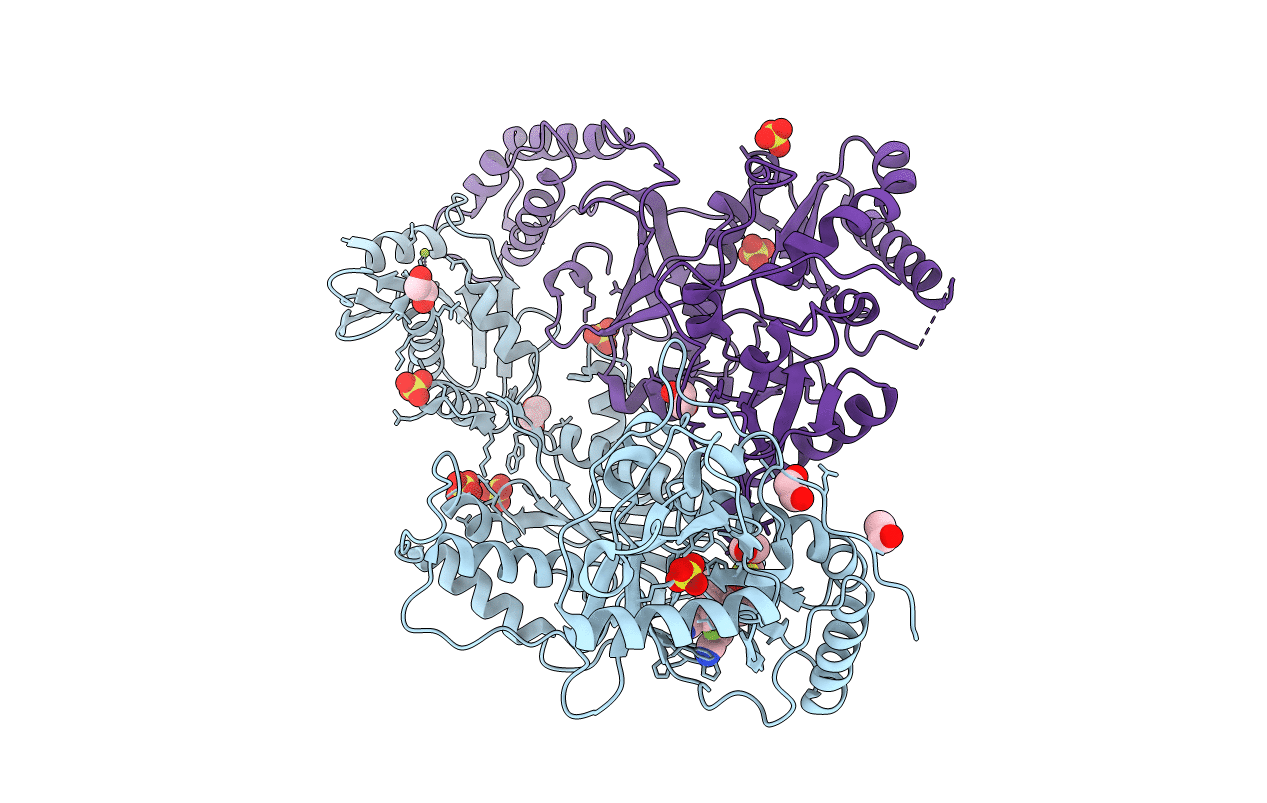
Deposition Date
2019-10-06
Release Date
2020-02-05
Last Version Date
2023-10-11
Entry Detail
PDB ID:
6UL5
Keywords:
Title:
Crystal structure of HIV-1 reverse transcriptase (RT) in complex with 4-[(4-{4-[(E)-2-cyanoethenyl]-2,6-dimethylphenoxy}thieno[3,2-d]pyrimidin-2-yl)amino]-2-fluorobenzonitrile (24b), a non-nucleoside RT inhibitor
Biological Source:
Source Organism:
Human immunodeficiency virus type 1 (Taxon ID: 11676)
Host Organism:
Method Details:
Experimental Method:
Resolution:
2.23 Å
R-Value Free:
0.24
R-Value Work:
0.21
R-Value Observed:
0.21
Space Group:
C 1 2 1


